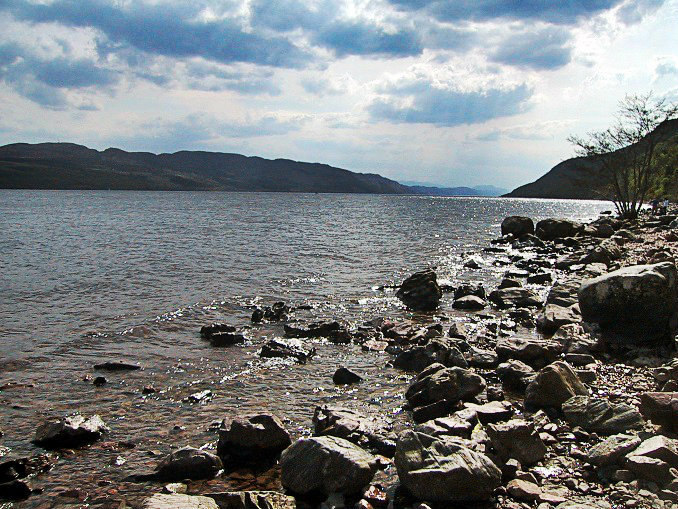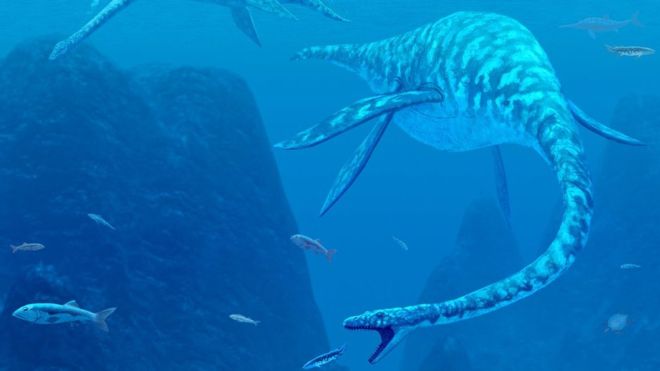Plan in hand to protect the Loch Ness Monster if ever captured
The Loch Ness Monster is rarely out of the news. Despite all attempts to dismiss tales of a monster in Loch Ness (Scottish Gaelic: Loch Nis) there appears to be no end to claimed sightings of Nessie, as the creature is affectionately known. In an interview last month Scottish First Minister Nicola Surgeon said she believed in Nessie. Over many years people have claimed to have seen Nessie in the Loch and their descriptions have led to speculation that, if it exists, it could be related to the plesiosaurs. Plesiosaurs first appeared about 205 million years ago but have been extinct for some 66 million years. They were found throughout the world’s ocean, had a broad flat body a short tail and four long powerful flippers. Plesiosaurs are thought by some to have been warm-blooded, breathed air and bore live young.
The first recorded sighting of such a creature in the area of Loch Ness, dates back to a passage in the seventh century "The Life of St Columba" written by Adomnán of Iona. He was Abbot of Iona between 679–704 AD. Iona (Scottish Gaelic: Ì Chaluim Chille) is an island in the Inner Hebrides (Scottish Gaelic: Na h-Eileanan a-staigh) off the west coast of the Scottish mainland. It is the site of a monastery founded by the Irish monk Columba in 563 AD and he is credited with spreading Christianity in Scotland. In Adomnán’s account of St Columba’s life which was written some 100 after his death, Columba came across a group of people burying a man by the River Ness during his journey through the lands of the Picts. Columba was told that the man had been attacked by a “water beast” which had dragged him under the water. In this story Columba sent his follower Luigne moccu Min to swim across the river. When the beast came after him, Columba made the sign of the cross, ordered the beast to leave and the monster sank again beneath the waves.
Many see Nessie as something of a national treasure and she has certainly drawn visitors to Loch Ness, who have then discovered the great beauty of this freshwater loch. There has been speculation over the years about what would happen if Nessie was ever captured. However, the Scottish government-funded body Scottish Natural Heritage (SNH) has had a plan in place for such an event since 2001. Their code of practice was drawn up to offer protection to new species found in the loch, including a monster. It stipulates that a DNA sample should be taken from any new creature, and then it should be released back into the loch. So in the unlikely event that the elusive creature should have the misfortune of being caught, plans are in hand for Nessie's protection and release.







